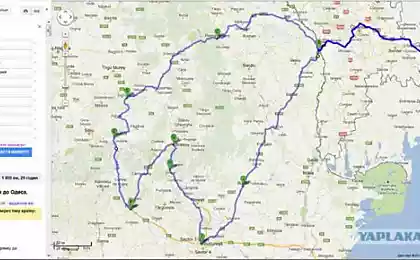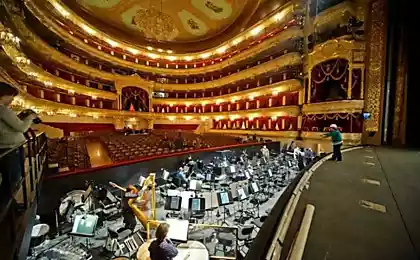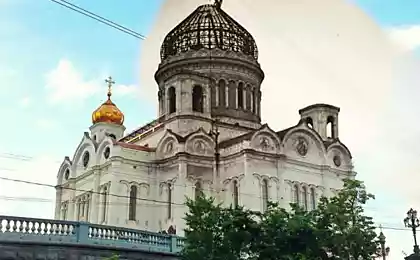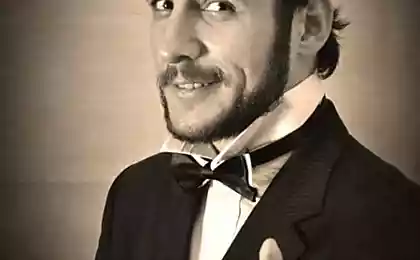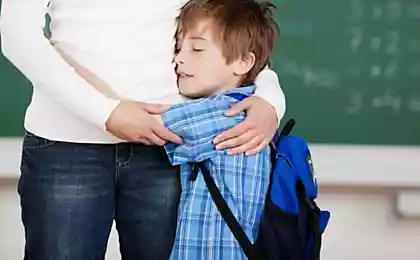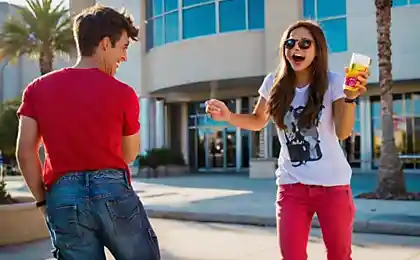2531
Ancient theater
Broadway in New York, the Bolshoi Theatre in Moscow, La Scala in Milan, the Sydney Opera - these theaters are known in all corners of the globe. And that's Theatre, which is in its heyday a century ago, not much is known
Roman theater in Bosra (Syria).
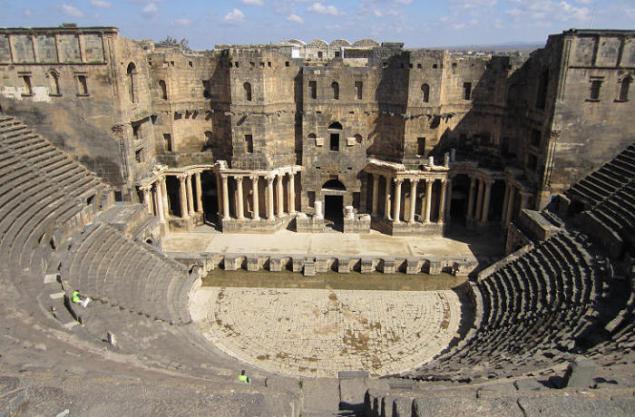
Bosra - an ancient city located in modern-day Syria, south of Damascus. This is one of the oldest cities in the world. He is mentioned in Egyptian hieroglyphs in the 14th century BC. The city was conquered by the Romans in 106 BC, and it made the capital of the Roman Arabia. Shortly thereafter, in Bosra theater was built with a capacity of up to 15 000 people. Today he is one of the best preserved Roman theaters in the world due to the fact that soon after the construction of the Ayyubid dynasty erected around the theater fortress. In this amazing theater speakers, three-storey proscenium and thirty-five rows of seats.
Theater in Side
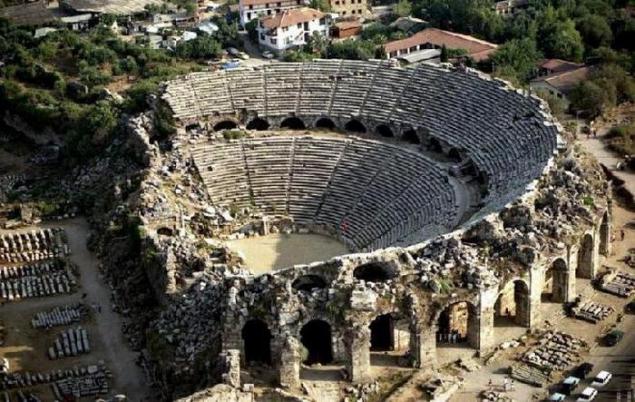
Roman ruins in Side (a popular resort town in southern Turkey) are in fairly good condition and include church, city gates and a large theater that could accommodate about 15 000 people. The city was founded by Greek colonists in the seventh century BC, and was one of the most important commercial centers in the region. In 25 BC Side became part of the Roman province of Galatia and flourished because of trade olive oil and slaves. The theater was a major cultural venue in the city for many years and has attracted famous people from all over the Mediterranean region. Ruins of the theater later began to be used for gladiator fights, and after the popularization of Christianity even acted as the church.
The theater at Delphi
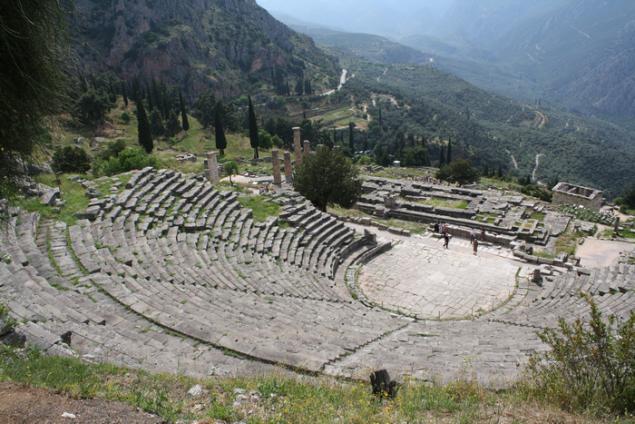
Delphi was one of the most important places in the ancient Greek religion, and is the location of the sanctuary and oracle of Apollo. In the 8th century BC at Delphi was built and consecrated the temple of Apollo. Ancient theater of Delphi was built on a hill, so the audience was opened at the sanctuary, and the breathtaking landscape around it. It is worth noting that the first theater on this site was built in the fourth century BC, and could accommodate five thousand spectators.
Roman theater in Amman
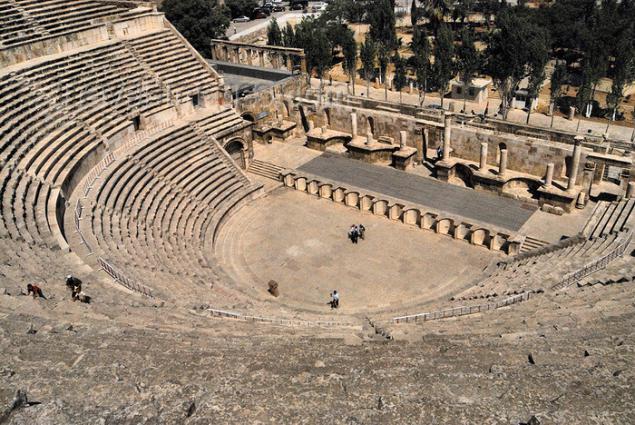
The most impressive monument of Jordan and to this day is the theater, which was built during the reign of Antoninus Pius, and could accommodate 6,000 people. Theatre and Odeon were located on both sides surrounded by columns forum, from which only a small section. In 1948, the theater has provided temporary shelter for thousands of Palestinian refugees who fled from Israel. Within two weeks, the population has almost doubled in Amman.
Greek theater in Taormina

Taormina was a Greek colony on the eastern coast of the island of Sicily. From the theater, which was built by the Greeks in the 2nd century BC, offers stunning views of the beautiful places all around: Etna, the Bay of Naxos, Castelmola and crystal-clear Mediterranean Sea. The theater was renovated and expanded by the Romans, and today it is one of the largest ancient theaters in Sicily.
Theatre in Merida

In Spanish, there are many notable Merida buildings, but the theater, which was built by the consul Marcus Agrippa, of course, is the most significant in the city, and possibly the entire Iberian Peninsula. This is a good example of a classic Roman theater design: the services of spectators were erected three horizontal platforms that comply with their social class. It is believed that the theater could hold about five and a half thousand spectators. In later centuries, the theater has undergone several restorations, during which he acquired a new architectural elements and decorations. The building was completely renovated in 1970 and it still give an idea.
Theatre of Dionysos
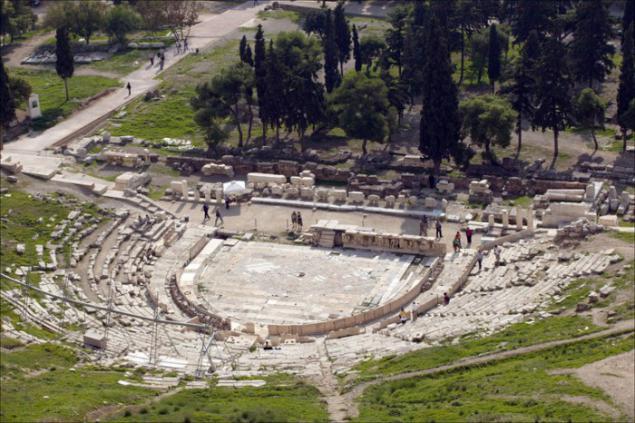
Theatre of Dionysus, which is almost in the shadow of the Acropolis, is the oldest in the world of theater. In the classical period here Athenian drama set during the celebration of the Great Dionissii, one of the major religious festivals in the city. It is believed that it was built by the descendants of the tyrant Pisistratus, but later experienced a lot of changes and extensions. At this means that the architectural evolution of the theater remains a mystery. The ruins of which have survived to the present day, are the outlines of the buildings of the late Roman period in the theater, and only a few rows of benches preserved with its classical Greek period.
Roman theater in Orange
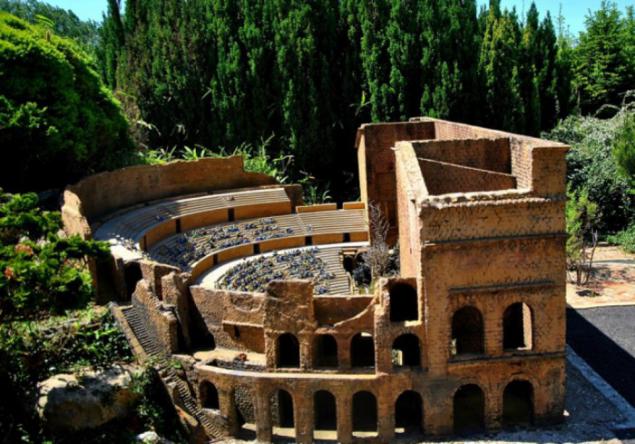
Originally built during the reign of Augustus in the first century AD, the Roman Théâtre antique d'Orange was closed official decree in 391 AD, due to the fact that the Christian church has considered performances as uncivilized and nebogougodnoe action. The ancient theater was rebuilt in the nineteenth century, and today it is the home of Opera Festival Chorégies d'Orange
Theater of Epidaurus
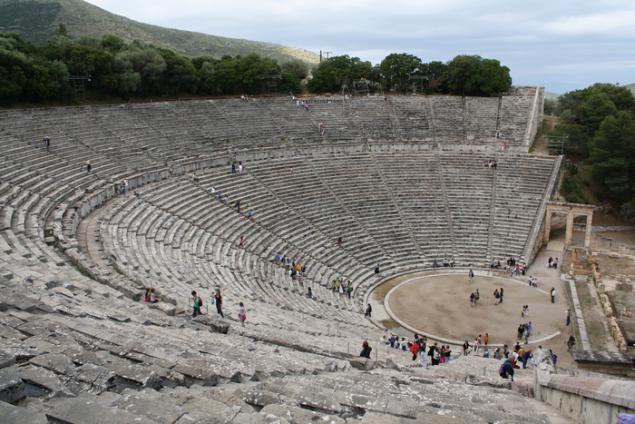
Theater of Epidaurus is undoubtedly the most famous and best-preserved ancient theater in the world. He was a religious and political center of Epidaurus, the city-states of secondary importance, who lived in the shadow of the larger cities such as Corinth, Sparta and Athens.
The excavations, which began in 1880, have been completed along with the restoration of the twentieth century, showed the most perfect specimen of ancient Greek theater. It has rows of seats 55, which are divided into 12 levels in the lower portion 22 and upper level. Total theater could seat more than 20,000 spectators. A legendary acoustics of the theater has long been a source of academic and amateur speculation, but even after decades of research has not been determined why the theater so spreads the sound.
Odeon of Herodes Atticus
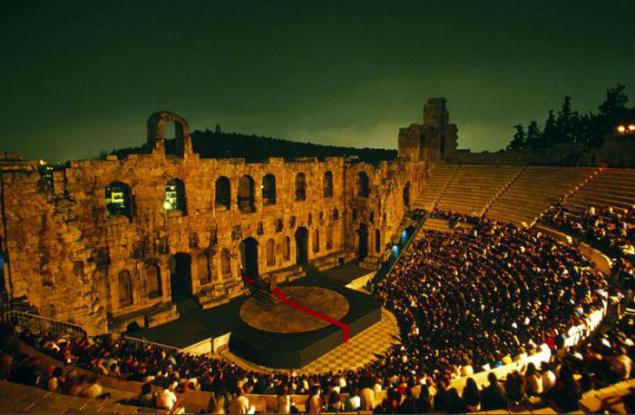
Carved into the southern slope of the Acropolis of Athens Odeon was built in 161 AD Herodes Atticus in memory of his wife. First of all, it was a memorial, which was also used as a theater. It is possible that Herod was the richest Athenian while. His enormous wealth and education (he was a philosopher, sophist and rhetorician) Herodes made very popular, even among the imperial Roman families. He said that he was a teacher of two Roman emperors Lucius Verus and Marcus Aurelius.
Herod led the Roman way of life and married a young and very beautiful Roman woman named Rigilliya, who soon died. Longing for the young wife of Herodes Atticus was so unbearable that he has painted all the walls and windows of his house in black and refused to go out for a whole year. When he finally came out of the depression, made a number of creations that dedicated to the memory of his wife.
Your text to link ...
Roman theater in Bosra (Syria).

Bosra - an ancient city located in modern-day Syria, south of Damascus. This is one of the oldest cities in the world. He is mentioned in Egyptian hieroglyphs in the 14th century BC. The city was conquered by the Romans in 106 BC, and it made the capital of the Roman Arabia. Shortly thereafter, in Bosra theater was built with a capacity of up to 15 000 people. Today he is one of the best preserved Roman theaters in the world due to the fact that soon after the construction of the Ayyubid dynasty erected around the theater fortress. In this amazing theater speakers, three-storey proscenium and thirty-five rows of seats.
Theater in Side

Roman ruins in Side (a popular resort town in southern Turkey) are in fairly good condition and include church, city gates and a large theater that could accommodate about 15 000 people. The city was founded by Greek colonists in the seventh century BC, and was one of the most important commercial centers in the region. In 25 BC Side became part of the Roman province of Galatia and flourished because of trade olive oil and slaves. The theater was a major cultural venue in the city for many years and has attracted famous people from all over the Mediterranean region. Ruins of the theater later began to be used for gladiator fights, and after the popularization of Christianity even acted as the church.
The theater at Delphi

Delphi was one of the most important places in the ancient Greek religion, and is the location of the sanctuary and oracle of Apollo. In the 8th century BC at Delphi was built and consecrated the temple of Apollo. Ancient theater of Delphi was built on a hill, so the audience was opened at the sanctuary, and the breathtaking landscape around it. It is worth noting that the first theater on this site was built in the fourth century BC, and could accommodate five thousand spectators.
Roman theater in Amman

The most impressive monument of Jordan and to this day is the theater, which was built during the reign of Antoninus Pius, and could accommodate 6,000 people. Theatre and Odeon were located on both sides surrounded by columns forum, from which only a small section. In 1948, the theater has provided temporary shelter for thousands of Palestinian refugees who fled from Israel. Within two weeks, the population has almost doubled in Amman.
Greek theater in Taormina

Taormina was a Greek colony on the eastern coast of the island of Sicily. From the theater, which was built by the Greeks in the 2nd century BC, offers stunning views of the beautiful places all around: Etna, the Bay of Naxos, Castelmola and crystal-clear Mediterranean Sea. The theater was renovated and expanded by the Romans, and today it is one of the largest ancient theaters in Sicily.
Theatre in Merida

In Spanish, there are many notable Merida buildings, but the theater, which was built by the consul Marcus Agrippa, of course, is the most significant in the city, and possibly the entire Iberian Peninsula. This is a good example of a classic Roman theater design: the services of spectators were erected three horizontal platforms that comply with their social class. It is believed that the theater could hold about five and a half thousand spectators. In later centuries, the theater has undergone several restorations, during which he acquired a new architectural elements and decorations. The building was completely renovated in 1970 and it still give an idea.
Theatre of Dionysos

Theatre of Dionysus, which is almost in the shadow of the Acropolis, is the oldest in the world of theater. In the classical period here Athenian drama set during the celebration of the Great Dionissii, one of the major religious festivals in the city. It is believed that it was built by the descendants of the tyrant Pisistratus, but later experienced a lot of changes and extensions. At this means that the architectural evolution of the theater remains a mystery. The ruins of which have survived to the present day, are the outlines of the buildings of the late Roman period in the theater, and only a few rows of benches preserved with its classical Greek period.
Roman theater in Orange

Originally built during the reign of Augustus in the first century AD, the Roman Théâtre antique d'Orange was closed official decree in 391 AD, due to the fact that the Christian church has considered performances as uncivilized and nebogougodnoe action. The ancient theater was rebuilt in the nineteenth century, and today it is the home of Opera Festival Chorégies d'Orange
Theater of Epidaurus

Theater of Epidaurus is undoubtedly the most famous and best-preserved ancient theater in the world. He was a religious and political center of Epidaurus, the city-states of secondary importance, who lived in the shadow of the larger cities such as Corinth, Sparta and Athens.
The excavations, which began in 1880, have been completed along with the restoration of the twentieth century, showed the most perfect specimen of ancient Greek theater. It has rows of seats 55, which are divided into 12 levels in the lower portion 22 and upper level. Total theater could seat more than 20,000 spectators. A legendary acoustics of the theater has long been a source of academic and amateur speculation, but even after decades of research has not been determined why the theater so spreads the sound.
Odeon of Herodes Atticus

Carved into the southern slope of the Acropolis of Athens Odeon was built in 161 AD Herodes Atticus in memory of his wife. First of all, it was a memorial, which was also used as a theater. It is possible that Herod was the richest Athenian while. His enormous wealth and education (he was a philosopher, sophist and rhetorician) Herodes made very popular, even among the imperial Roman families. He said that he was a teacher of two Roman emperors Lucius Verus and Marcus Aurelius.
Herod led the Roman way of life and married a young and very beautiful Roman woman named Rigilliya, who soon died. Longing for the young wife of Herodes Atticus was so unbearable that he has painted all the walls and windows of his house in black and refused to go out for a whole year. When he finally came out of the depression, made a number of creations that dedicated to the memory of his wife.
Your text to link ...






